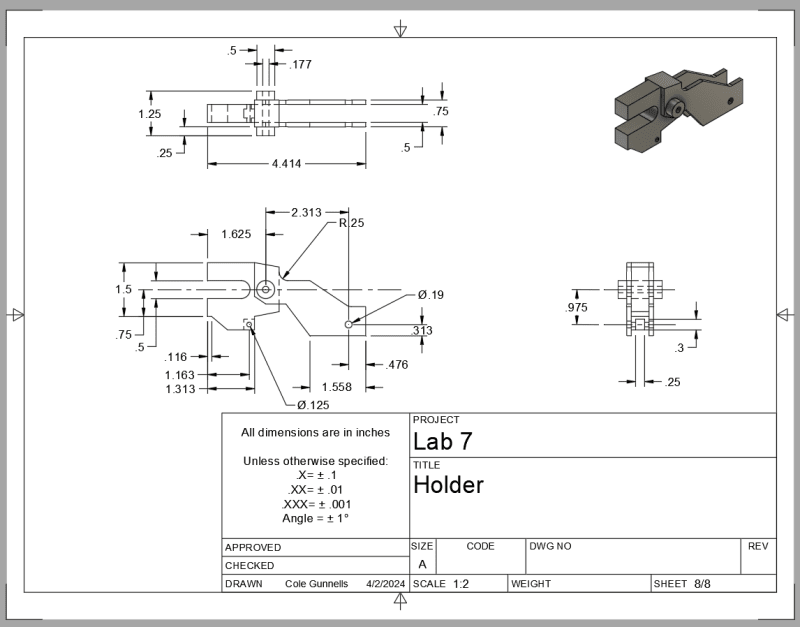Datum features are typically those surfaces or surface pairs that will be used to mount or align a part in such a way that other features will be in acceptable locations and orientations relative to them.
One good test is to ask, does this surface lay flat against the mating part surface? That controls two rotations and one translation; more surfaces remove more degrees of freedom.
Or, like a ball hitch socket on a trailer, does the socket control the location of the trailer relative to the towing vehicle? If so, that would be a good candidate to reference for the location of the trailer axle and the center of gravity for the loaded trailer.
Sometimes, though, for convenience, people pick essentially random surfaces and just reference everything to them. In those cases the datum feature surfaces don't interact with anything and no one cares as long as the CMM can touch them. They are just there to create an X-Y-Z coordinate system to lock all the other feature locations and orientations to.


